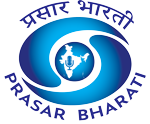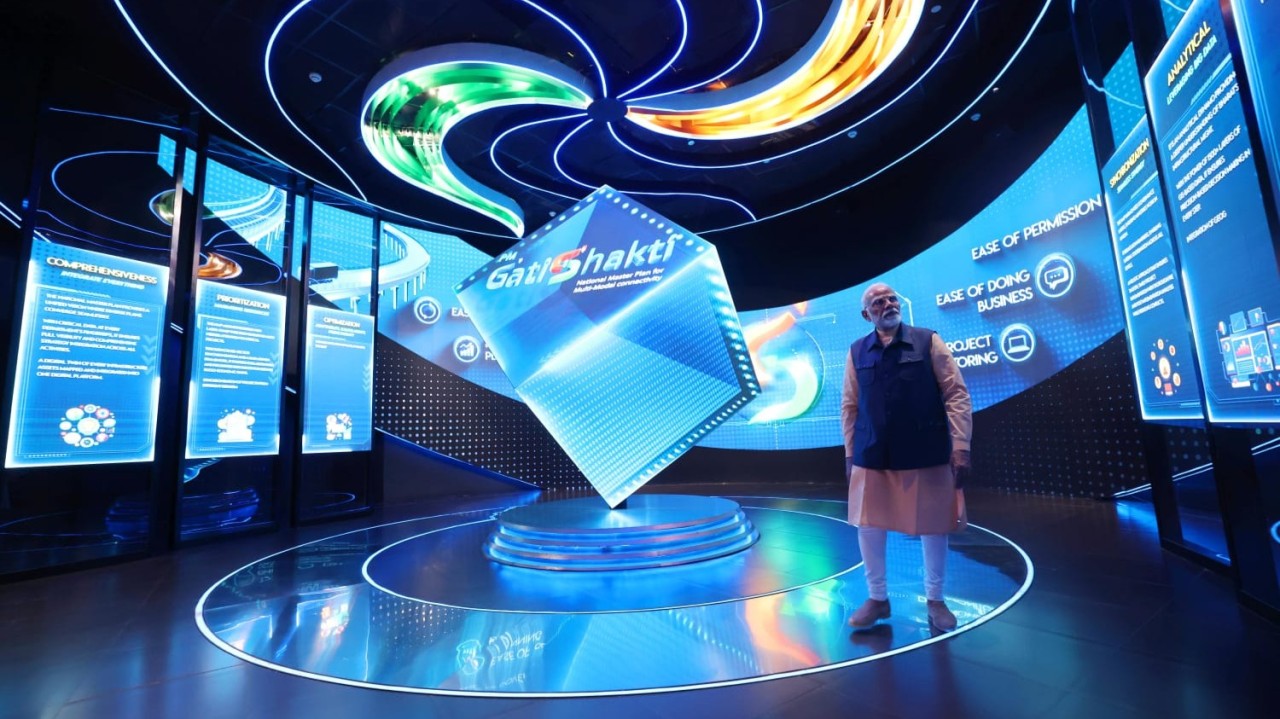Prime Minister Narendra Modi on Tuesday lauded the completion of ten years of the Digital India initiative, describing it as a journey that has transformed governance, empowered citizens, and positioned India as a global leader in digital technology.
In a post on X, the Prime Minister said, “Today is a historic day as we mark #10YearsOfDigitalIndia! Ten years ago, Digital India began as an initiative to transform our nation into a digitally empowered and technologically advanced society. A decade later, we stand witness to a journey that has touched countless lives and ushered in a new era of empowerment.”
Launched in 2015, the Digital India mission sought to bridge the country’s vast digital divide and make technology accessible to every citizen. Reflecting on the initiative’s impact, PM Modi said that India’s progress is visible not only in “data and dashboards” but also in the daily lives of 140 crore Indians.
“While decades were spent doubting the ability of Indians to use technology, we changed this approach and trusted the ability of Indians to use technology,” PM Modi said in an article shared on LinkedIn.
Expanding Access and Inclusion
In 2014, India had about 25 crore internet connections. That figure has now grown to over 97 crore, with high-speed internet reaching remote villages and forward military outposts alike. The Prime Minister pointed out that over 42 lakh kilometres of Optical Fibre Cable now connect the country, equivalent to eleven times the distance between Earth and the Moon.
The success of India’s real-time digital payments system, UPI, has also been a highlight. UPI now handles over 100 billion transactions a year, accounting for nearly half of all real-time digital payments worldwide.
Through Direct Benefit Transfers (DBT), the government has directly transferred over ₹44 lakh crore to citizens, saving nearly ₹3.48 lakh crore by eliminating middlemen. Schemes like SVAMITVA have issued more than 2.4 crore property cards and mapped over 6.4 lakh villages, providing land ownership security to millions.
Driving Entrepreneurship and Innovation
Highlighting the impact on small businesses and entrepreneurs, PM Modi noted that initiatives like ONDC (Open Network for Digital Commerce) and GeM (Government E-Marketplace) have expanded opportunities for millions. ONDC recently crossed 200 million transactions, while GeM has surpassed ₹1 lakh crore GMV in just 50 days.
“From Banarasi weavers to bamboo artisans in Nagaland, sellers are now reaching customers nationwide, without middlemen or digital monopolies,” the Prime Minister added.
PM Modi also underlined India’s emergence as a global leader in Digital Public Infrastructure, citing examples like Aadhaar, CoWIN, DigiLocker, and FASTag. He said these platforms are now studied and adopted in other countries, with India launching a Global DPI Repository during its G20 Presidency.
Looking Ahead
Calling for greater innovation in the coming decade, the Prime Minister said India is moving from “digital governance to global digital leadership, from India-first to India-for-the-world.”
He urged the country’s innovators and entrepreneurs to build technology that “unites, includes, and uplifts,” adding, “Let us build what empowers. Let us solve what truly matters.”
The Prime Minister’s remarks come as India continues to scale its presence in emerging fields like artificial intelligence and digital commerce, supported by initiatives such as the $1.2 billion India AI Mission and new Centres of Excellence across the country.
“Digital India has not remained a mere government program, it has become a people’s movement,” PM Modi said, reaffirming the initiative’s central role in building an Aatmanirbhar Bharat.














